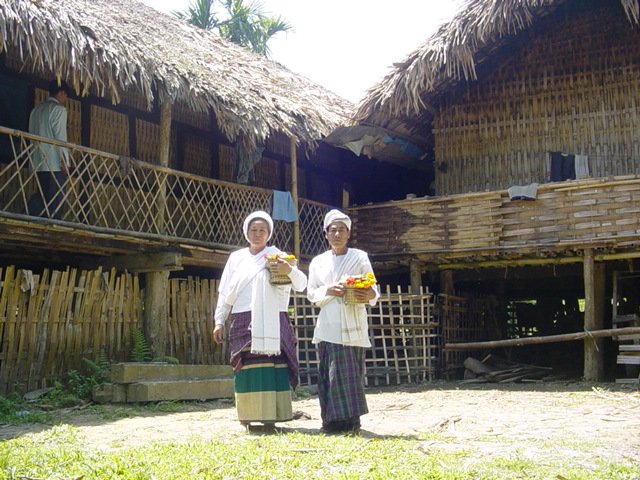Five kilometres from Naharkatia and 50 kilometres from Dibrugarh, Namphake is one of Assam’s most exotic destinations. Spread along the banks of the Dihing, a tributary of the mighty Brahmaputra, this picturesque village has a old-world charm that draws you within its fold.
The largest of Tai Phake villages in the State, Namphake is home to about 150 families who trace their ancestry to the Tai race. Village folk speak a dialect similar to Thai and live a life in the manner of their race—with its unique customs and traditions. Tai Phakes have been residing here since the latter half of the 18th century— with the Tai race spread to as far as Hainan and Yunnan provinces of China, and even Thailand and Myanmar. While in Assam, they are often referred to as ‘Phakials’, in Myanmar, Thailand and China’s Yunnan province members of the race are known as Shan, Siamese, and Pai respectively.

A walk through Namphake’s roads is an unmatched experience. Quaint chang ghars built on raised platforms, kitchen gardens heavy with organic produce, hens lazing below house platforms, ripe fields of paddy, thick bamboo groves and small woods, the chirp and coo of birds—all are sights and sounds that hark back to a graceful era of yore.


The anchor of the village is, of course, the Namphake Buddhist Monastery, one of the oldest and most respected monasteries. A meditation centre where tourists are welcomed to experience Phakial culture, it is the fulcrum of quotidian life. Significantly, villagers have their meals only after village women have shared cooked food with the monastery and the monks have rung a bell that resounds for miles.
The best, of course, are its spectacular sunsets and delicious Paasa dish made of variety of fishes, local herbs like uriam pat and spices.
